In this latest instalment on consumer insight from the 1.5 million cars configured on its site, Carwow examines how far the average new car buyer will travel for their perfect car. And to what extent that changes by brand, price and even bodystyle.
How much does travel distance vary? Clue: more than you might think, said its head of trading Alex Rose (pictured).
1.As car price increases, travel distance doubles
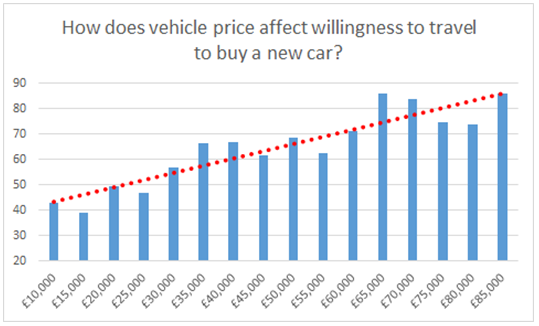
Two trends here are extremely clear: first the more valuable the car, the more willing a potential buyer is to travel to the ‘right’ dealer - in terms of reputation, stock availability and price.
Second, all other things being equal, a consumer will pick their closest dealer.
But when presented transparently with a number of options, they will travel further than expected.
Even a £10,000-15,000 hatchback might warrant a journey of 40 miles, and a high-end car buyer will justify an average travel distance of more than 80.
2. This is the case for both volume and premium brands (though premium brand buyers will travel further overall)
Compare the two brands below - Mercedes-Benz and Seat.
Again, it is clear that, the more a buyer is spending, the less they object to traveling an hour or two (or more) to their chosen dealer and, overall, a Mercedes buyer will travel 26% further (78 miles vs 62 for a Seat buyer).

However, when the actual vehicle prices are compared, the difference in travel time becomes less pronounced.
The buyer of a £30,000 Mercedes-Benz will travel further, but only a few miles further on average, than a Seat buyer configuring a car of the same value.
It’s simply that more Mercedes-Benz are bought for £40,000 and beyond, thus pushing the overall average travel distance for that brand upwards.
In summary, buyers of a Mercedes-Benz, Jaguar, Audi, Volvo and the like will travel further to their chosen dealer but when comparing to volume brand cars of the same price, that difference becomes much less pronounced.
3. Supermini buyers hate to travel - others are more flexible.
Next, Carwow looked at its 50 top-selling models, and ranked them by travel distance.
Looking at the models whose buyers won’t go more than 30 miles (on average) to buy their next new car, the trend is clear: the top five are all superminis or city cars.
The typical buyer will be city-based, with more dealers and stock to choose from, and may also prefer to avoid longer journeys.
| Rank | Model name | Avg distance traveled to buy |
| 1 | Fiesta | 16 |
| 2 | Fiesta ST | 17 |
| 3 | Corsa | 21 |
| 4 | A1 | 22 |
| 5 | i10 | 23 |
| 6 | Focus | 25 |
| 7 | Kuga | 28 |
| 8 | Golf | 28 |
| 9 | Q5 | 29 |
| 10 | V40 | 29 |
“However, when we look at the cars for which buyers will travel furthest (below), there are two factors involved.
“First, the mix is overwhelmingly ‘premium’ in nature, consisting exclusively of Mercedes, Audi, Volkswagen and Volvo models, as explained above.
“That said, it’s not true to say that these are all ‘high end’ cars. Instead they tend to be models towards the beginning, or the end, of their lifecycle, indicating either a high level of desirability or attractive offers, respectively.”
| Rank | Model name | Avg distance traveled to buy |
| 1 | GLC | 90 |
| 2 | C-Class | 89 |
| 3 | E-Class Estate | 85 |
| 4 | TT | 81 |
| 5 | C-Class Coupe | 78 |
| 6 | Tiguan | 77 |
| 7 | GLA | 69 |
| 8 | A-Class | 64 |
| 9 | CLA | 64 |
| 10 | XC60 | 63 |
So what lessons can Carwow and non-Carwow dealers learn from this?
“Consumers are increasingly able to compare a range of dealers’ reputations, stock, pricing and more with just a few clicks of a mouse, or a tap on their phone screen, whether on Carwow or via a quick Google search,” said Rose.
“As a result, we shouldn’t be surprised to see an overall average travel distance of well over 40 miles within our data.”
Rose highlights three lessons for dealers from these findings:
1. Given consumers’ willingness to travel, don’t rely on visiblity within your town or county. Make sure you communicate a clear, compelling message online, and that your website is easily discoverable, via multiple online means.
2. The majority of dealers on Carwow will offer a new car delivery service, typically for free within a realistic mileage. Can you offer the same, and, if so, is this clearly communicated?
3. Make sure your sales staff treat enquiries from distant customers with the same care as local ones. After all, they know where you are - they chose to contact you for a reason.

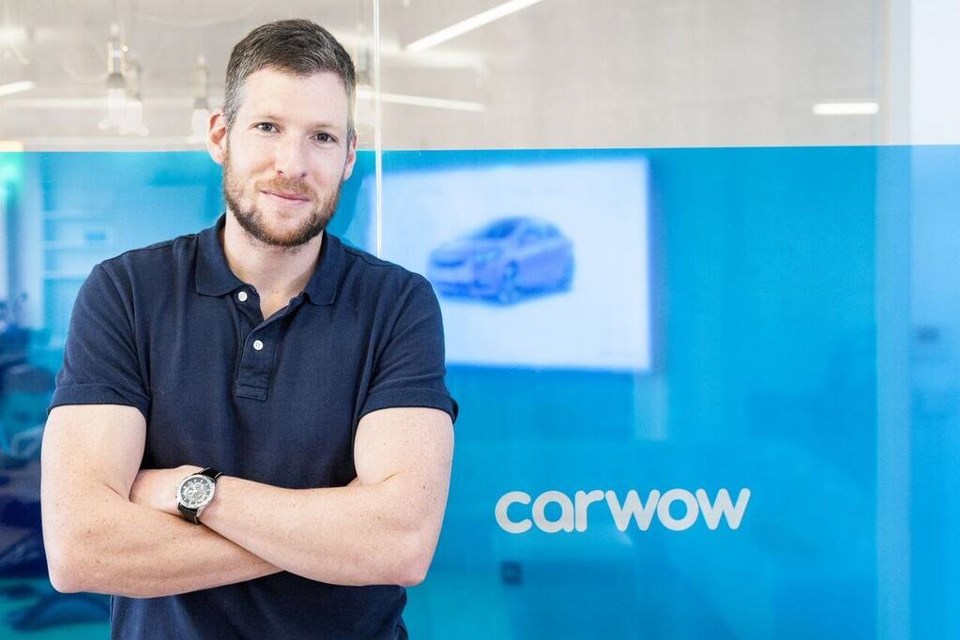


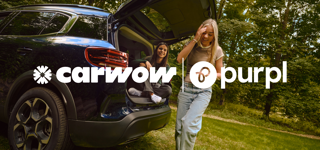
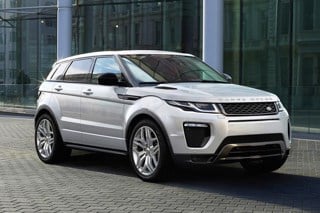

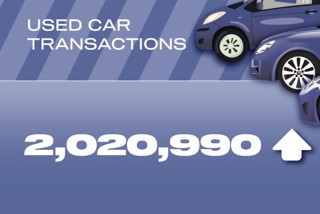













John Murray - 25/05/2016 12:28
Very interesting analysis but I would question whether it is the decision of the consumer to travel that drives this data rather than the same group of dealers offering the best discounts? So the dealers are static where as the consumers are based in many areas so that determines the distance from the "competitive" dealer to the consumer not the otherway round